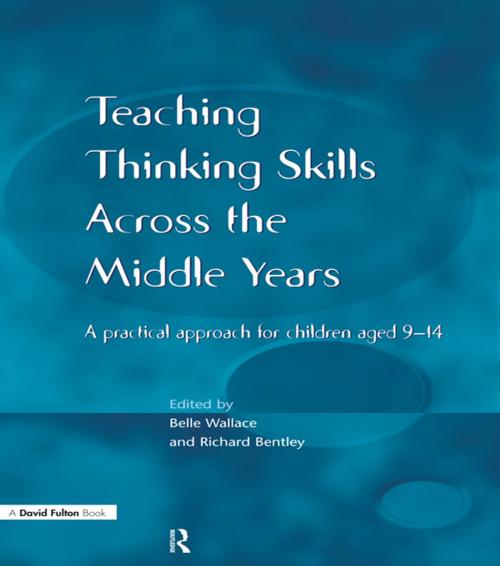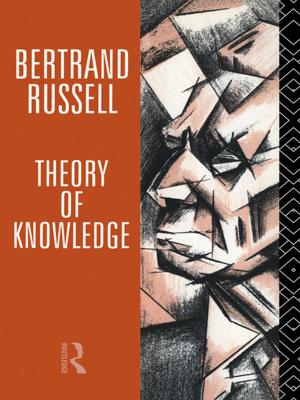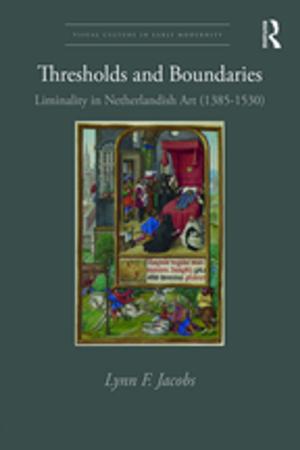Teaching Thinking Skills across the Middle Years
A Practical Approach for Children Aged 9-14
Nonfiction, Reference & Language, Education & Teaching| Author: | ISBN: | 9781136629167 | |
| Publisher: | Taylor and Francis | Publication: | September 25, 2014 |
| Imprint: | David Fulton Publishers | Language: | English |
| Author: | |
| ISBN: | 9781136629167 |
| Publisher: | Taylor and Francis |
| Publication: | September 25, 2014 |
| Imprint: | David Fulton Publishers |
| Language: | English |
This book presents a practical framework for the teaching of thinking skills and problem-solving with children across Key Stages 2 and 3. Using examples of topics from the National Curriculum, teachers are presented with classroom techniques and activities, which systematically develop these skills. While accommodating the needs of all learners, the book caters for the need to differentiate learning activities to extend the more able learners.
Included are suggested activities for developing thinking and problem-solving skills relating to the National Numeracy Curriculum, the National Literacy Strategy and the National Science Curriculum. The book also includes activities to support the development of thinking and problem-solving skills in information communication technology (ICT), models of successful practice, and photocopiable activities.
The skills and strategies suggested all derive from real classrooms and teachers and as such are practical and useful. There is clear guidance on adopting certain teaching techniques, lesson planning and organization.
This book will be useful for teachers and headteachers working at Key Stages 2 and 3, all SENCOs and Advisory Teachers.
This book presents a practical framework for the teaching of thinking skills and problem-solving with children across Key Stages 2 and 3. Using examples of topics from the National Curriculum, teachers are presented with classroom techniques and activities, which systematically develop these skills. While accommodating the needs of all learners, the book caters for the need to differentiate learning activities to extend the more able learners.
Included are suggested activities for developing thinking and problem-solving skills relating to the National Numeracy Curriculum, the National Literacy Strategy and the National Science Curriculum. The book also includes activities to support the development of thinking and problem-solving skills in information communication technology (ICT), models of successful practice, and photocopiable activities.
The skills and strategies suggested all derive from real classrooms and teachers and as such are practical and useful. There is clear guidance on adopting certain teaching techniques, lesson planning and organization.
This book will be useful for teachers and headteachers working at Key Stages 2 and 3, all SENCOs and Advisory Teachers.















